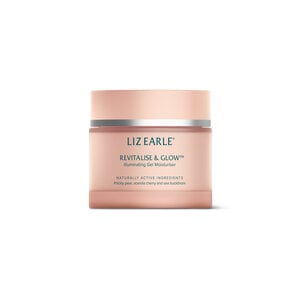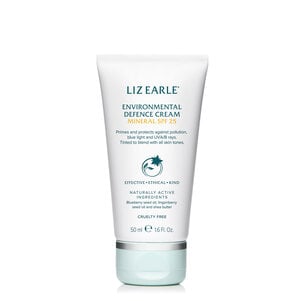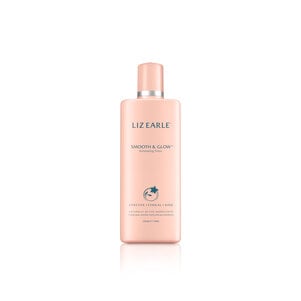
Understanding Age Spots
April 18, 2024
5 min read
As we get older, our skin goes through some changes, from beginning to lose the feeling of elasticity, to starting to develop the appearance of fine lines and wrinkles. One common change is the appearance of age spots on skin, which are sometimes called liver spots (although they don’t actually have anything to do with your liver!) or sunspots.
But what are age spots, and what can you do about them? Read on to understand more about what age spots are, what causes them and how you can adapt your skincare routine to address them, whatever your skin type.
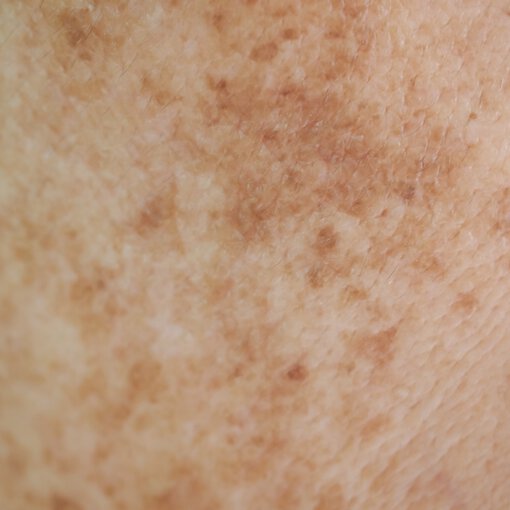
What are age spots?
Age spots are smooth and flat to touch, and range in colour from light brown to dark black, or grey, depending on your skin type. They’re usually round or oval, with a very defined edge.You’ll frequently find them on areas of skin that get more sun exposure, like your face, hands, arms, shoulders and back. They often look like large freckles (most are smaller than half an inch in diameter), but unlike freckles, age spots don’t fade once they’ve appeared. You might develop a single age spot or find that a few appear together in a cluster.
What causes age spots?
Age spots on skin occur due to an excess production of melanin, which is the pigment responsible for our skin colour. Whilst experts aren’t 100% sure why they develop, there are a few potential causes:
Sun exposure:
being exposed to the sun’s UV rays accelerates the production of melanin, which clusters in certain areas and leads to age spots developing. That’s why you’re more likely to find age spots in those places that get more sun exposure, like your face and hands. People who frequently use sun beds are also more likely to develop age spots.Ageing:
as we age, the way our skin cells turnover and repair begins to change. This can lead to the accumulation of pigmentation in some areas, leading to age spots forming. Age spots tend to form in people who are over forty, but younger people who often use sunbeds might also develop them.Genetics:
you might find that if your parents or grandparents had age spots, that you’re more likely to develop them too. Your skin type can make a difference as well – age spots are more common in people with lighter skin which is sensitive to the sun.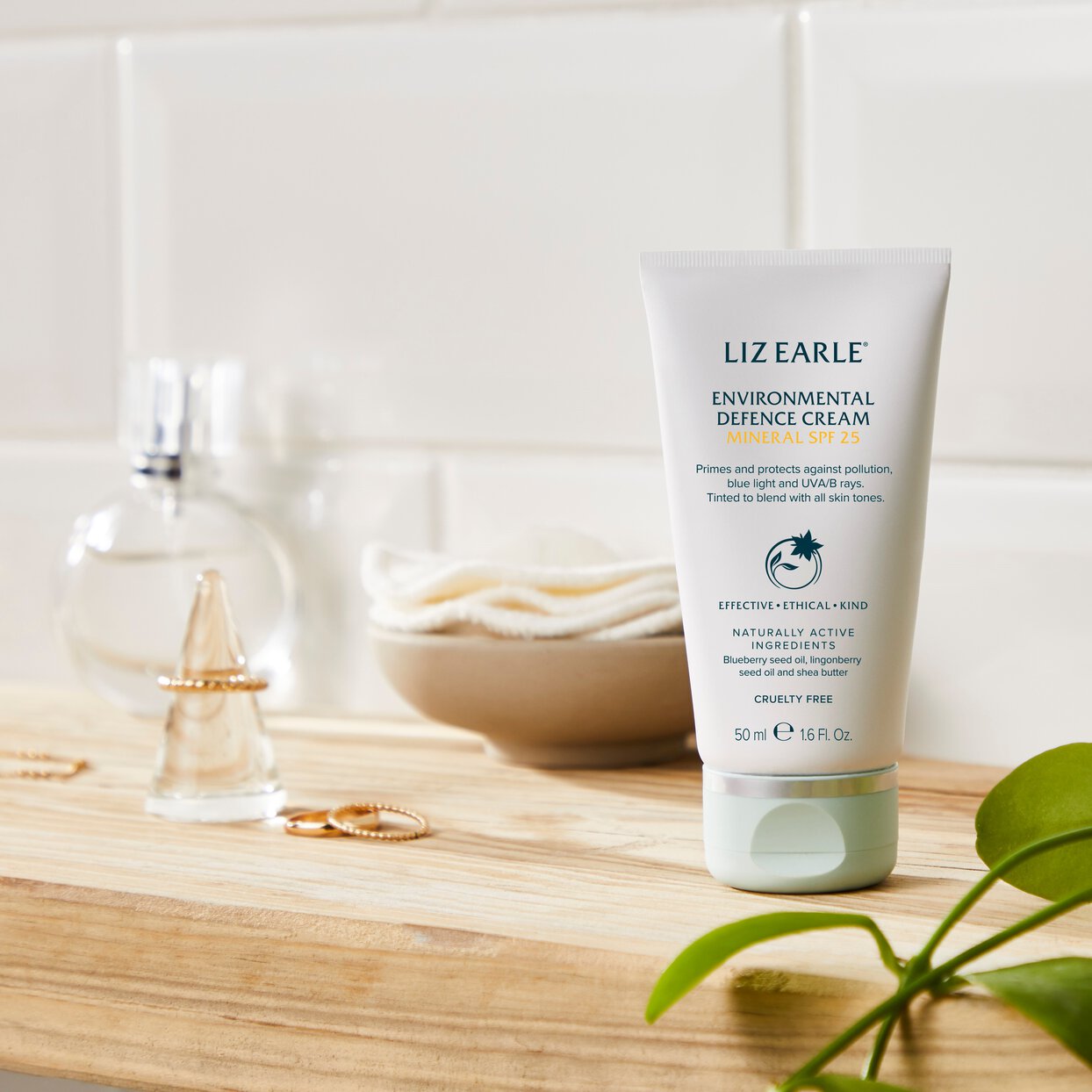

Which products can reduce the appearance of age spots?
Before we dive into how to reduce the appearance of age spots, let’s start with how you can address them from developing in the first place.As you might have guessed, if sun exposure is a key factor in developing sun induced age spots, then sun protection is the first port of call to help prevent them.
Regularly applying a broad-spectrum sunscreen, like our Environmental Defence Cream Mineral SPF25, helps to protect your skin from the sun’s harmful UV rays. Practicing good sun safety, including staying in the shade between 11am and 3pm in spring and summer and covering up with appropriate clothing, can also help to prevent skin damage that can lead to the appearance of age spots developing. Remember, sun safety is important whatever skin type you have.
But, if you already have some age spots that you want to tackle, there are some ingredients and products out there that might be able to give you a helping hand. We’ll talk you through some of the top age spot treatments for the face and age spots creams below.
Retinoids
Retinoids are derived from vitamin A, and can be found in milder, over-the-counter products as well as in stronger products that have to be prescribed by a doctor. One of the most common types of retinoid that you might have heard of is retinol, which is found in many anti-ageing skin care products and age spots creams. Retinol helps increase the rate of surface skin cell turnover, which can help to improve the look of uneven skin tone and pigmentation.
Powered by plant-based retinol alternatives to help skin look smoothed and refined whilst being kind to the skin, take a closer look at our Superskin™ Alt-Retinol Skin Paste. Our natural retinol alternative work by mimicking retinol’s mechanism of action for impressive skin-smoothing results.
Our Alt-Retinol products are suitable for all skin types, even sensitive.


